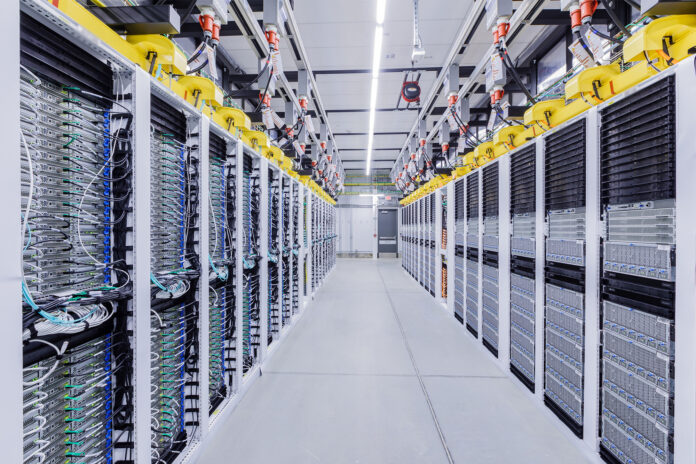Microsoft reported a record Q3 and unshaken capex plans, dispelling rumors around soft demand
A few weeks back, speculation made the rounds that Microsoft was pulling back on its historic 2025 capex guide due to lower-than-projected demand for AI workloads. Turns out that wasn’t the case; the company reported a record Q3 on April 30, with CEO Satya Nadella and CFO Amy Hood reaffirming planned AI data center investments.
Earlier this year Microsoft articulated its plan for $80 billion in 2025 capex, an historic investment mirrored by AWS, Google and Meta. In the last quarter, Microsoft spent more than $22 billion in capex and, in Q3, the company said it spent $16.7 billion. “We expect Q4 capital expenditures to increase on a sequential basis,” Hood said. “H2 capex in total remains unchanged from January H2 guidance. As a reminder, there can be quarterly spend variability from cloud infrastructure buildouts and the timing of delivery of finance leases.”
But what about all those LinkedIn influencer posts and breathless reports about Microsoft cancelling data center leases and otherwise pulling back on its planned capital outlay? That was essentially the first question Nadella fielded from financial analysts on the quarterly call. And something Noelle Walsh, President of Microsoft Cloud Operations + Innovation, nipped in the bud also on LinkedIn.
“The reality is,” Nadella said last week, “we’ve always been making adjustments to build, lease, what pace we build, all through the last 10-15 years. It’s just that you all pay a lot more attention to what we do quarter-over-quarter nowadays.”
He framed the AI data center strategy around three pillars: demand, location, and type of workload.
Nadella continued: “Remember, this is a compounding S-curve, which is there’s Moore’s Law, there’s system software, there’s model architecture changes, there’s the app server efficiency. Given all of that, we just want to make sure we’re building, accounting for the latest and greatest information we have on all of that.” For context, a compounding S-curve implies slow initial growth, followed by rapid acceleration, then a plateau.
As to the AI of it all, Nadella threw out some interesting data points: in Q3 Microsoft opened data centers in 10 countries on four continents, noted that “model capabilities are doubling in performance every six months,” the company’s cost per token has “more than halved,” and its infrastructure “processed over 100 trillion tokens this quarter, up 5x year-over-year.”
Bottomline, Nadella said, “Cloud and AI are the essential inputs for every business to expand output, reduce costs, and accelerate growth.” Rumors aside, money talks and $80 billion says a lot.
For a big-picture breakdown of both the how and the why of AI infrastructure, including 2025 hyperscaler capex guidance, the rise of edge AI, the push to artificial general intelligence (AGI), and more, check out this long read.

